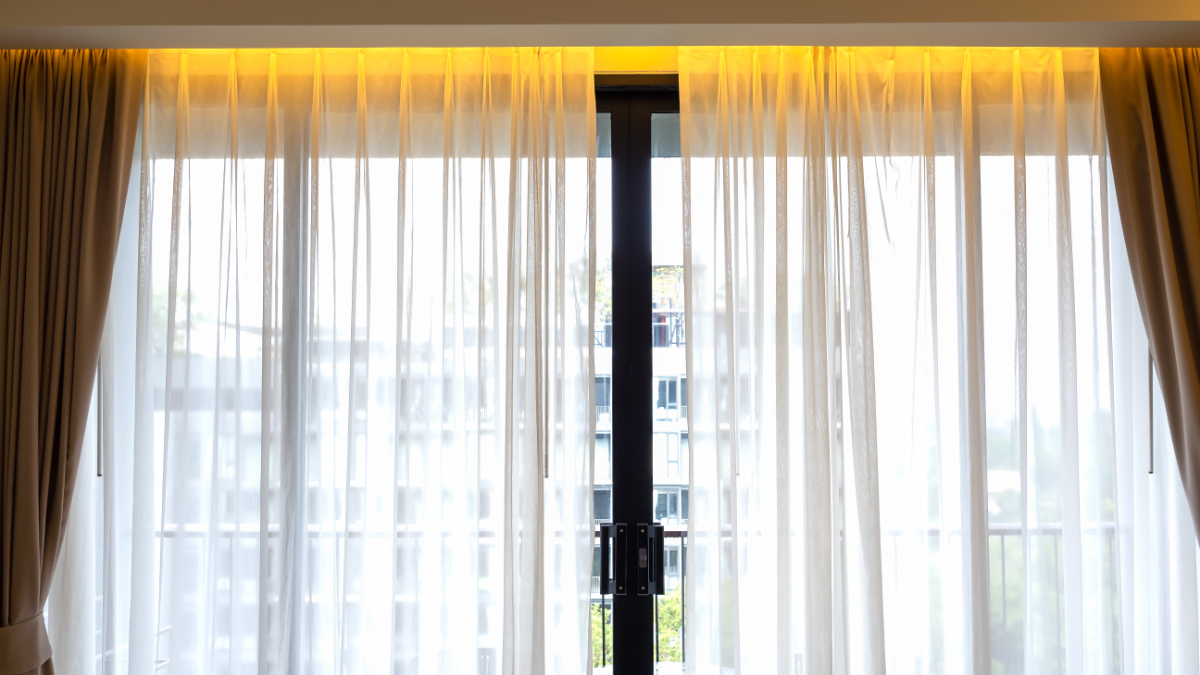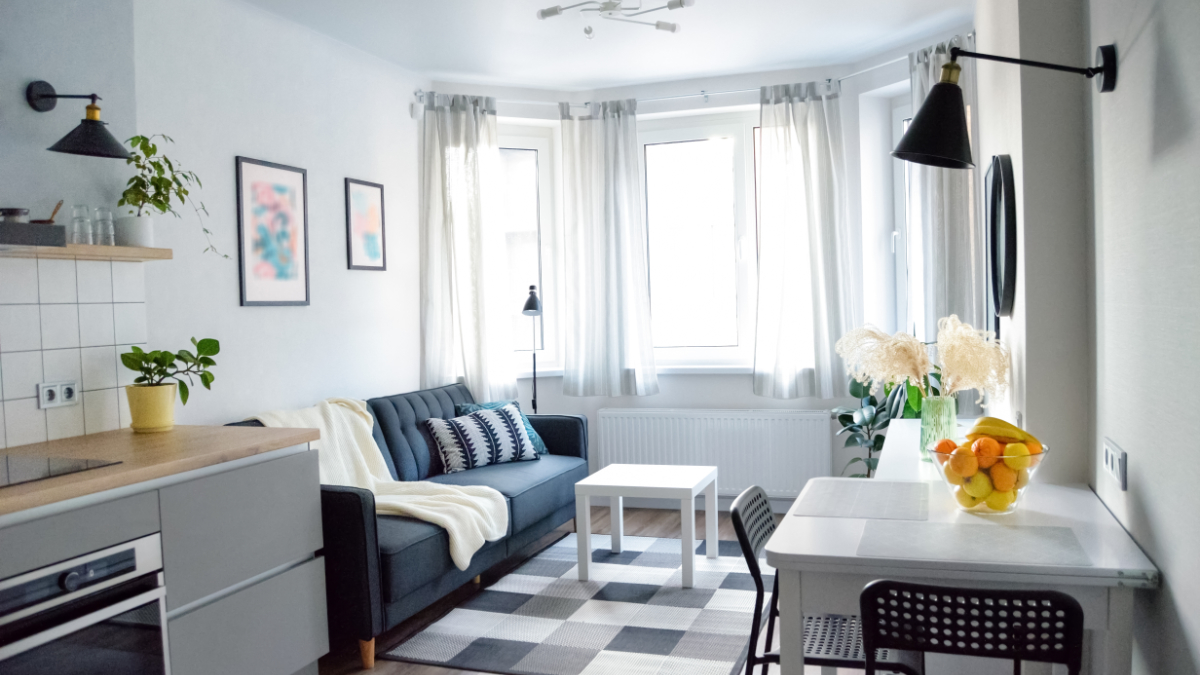Sometimes we think certain skills are beyond us. We’re afraid of messing up or making a bad or irritating situation worse. Don’t let home repair be one of those. Making repairs to your home is inevitable. It’s essential, not only because it keeps your home running in an orderly manner (anyone whosever gone a couple days without using their home shower knows the struggle), but keeping your home in a good condition helps it to maintain its value over time.
Even if you are not a DIY enthusiast, it is always helpful to know a few basic home repairs to save money and time. Though we do want to stress basic home repairs, as more complicated repair jobs such as installing or replacing a sliding door for instance, should at the very least consult a professional.
Here, we outline four essential home repairs that everyone can be enabled to do:
Fixing a Leaking Faucet

A leaky faucet can be a nuisance, but if they’re not dealt with, there’s a possibility of building damage, and we’re not just talking about driving up your water bill. Often the cause of a leaky faucet is simply a worn-out washer or O-ring, or a damaged valve seat. In most cases, fixing your leaky faucet can be an easy and straightforward process done in a few simple steps.
Materials needed for repair: adjustable wrench, pliers, a replacement washer or O-ring, and Teflon tape.
Steps to fix a leaky faucet:
- Turn off the water supply to the faucet.
- Use an adjustable wrench or pliers to remove the handle of the faucet.
- Locate the worn-out washer or O-ring and remove it.
- Replace the washer or O-ring with a new one.
- Wrap Teflon tape around the threads of the valve seat before reassembling the handle.
- Turn the water supply back on and check for leaks.
Light Fixture Replacement
Light fixtures can become outdated or damaged, and replacing them is a simple way to upgrade the look of your home. However, working with electricity can be dangerous, so it is essential to take the necessary safety precautions.
Materials needed for repair: screwdrivers, wire stripper, and the new light fixture.
Safety precautions when working with electricity:
- Turn off the power supply to the fixture at the breaker box.
- Use a voltage tester to confirm that the power is off before working on the fixture.
- Wear rubber-soled shoes to reduce the risk of electrical shock.
Steps to replace a light fixture:
- Remove the existing light fixture.
- Identify the wiring and disconnect it.
- Connect the wiring from the new fixture to the existing wiring.
- Attach the new fixture to the electrical box and secure it in place.
- Turn the power supply back on and test the new fixture.

Unclogging a Drain

Clogged drains are a common problem in households, and unclogging them can be done in a few simple steps. There are several causes of clogged drains, including hair, grease, and soap buildup.
Materials needed for repair: a plunger, a drain snake, and a bucket.
Steps to unclog a drain:
- Fill the sink with enough water to cover the plunger.
- Place the plunger over the drain and pump it several times.
- If the plunger does not work, use a drain snake to clear the clog.
- If the clog is still not cleared, try a chemical drain cleaner, but be sure to follow the manufacturer’s instructions carefully.
Painting a Room
Painting a room is an easy way to give it a fresh new look. It can be a fun DIY project and is a cost-effective way to update your home. Preparing the room and painting can be done in a few simple and easy steps.
Materials needed for repair: paint, brushes, rollers, drop cloths, masking tape, and sandpaper.
Steps for preparing the room and painting:
- Remove all furniture and decor from the room, or place it in the center and cover it with drop cloths.
- Clean the walls, ceiling, and trim, removing any dirt, grease, or cobwebs.
- Sand any rough or glossy surfaces to ensure the paint will adhere properly.
- Use masking tape to protect areas such as baseboards, windowsills, and door frames that you do not want to paint.
- Paint the edges of the room first, including the corners, around windows and doors, and along the ceiling and baseboards.
- Roll the paint onto the walls in W-shaped strokes, being careful to avoid drips and splatters.





